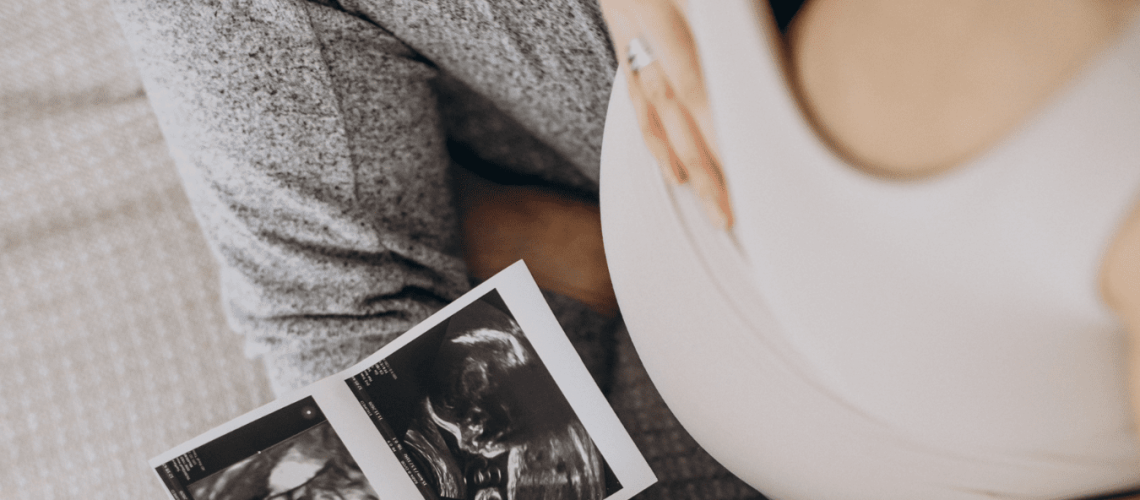You have been waiting for nine months for the arrival of your new baby. Your body is doing all kinds of strange and wonderful, if not always pleasant, things. How can you tell if you are really in Labor? When do you know that it is time to call your doctor or midwife? Is the baby okay? You have so many questions and emotions. We are here to help you navigate through some of those questions?
What are the strange changes I am experiencing? Do they mean anything?
A woman’s body undergoes many changes in preparation for the labor and birth of her baby. Many of these changes happen anywhere from one month to hours before labor begins. These signs of labor are sometimes called pre-labor. The following signs are indications that your body is preparing for the big event.
The baby “drops”
Before labor begins your baby may drop into the pelvis and stay there, especially if this is your first baby. This is the event that brings on the pregnant waddle. In later pregnancies the baby’s head may bob up and down, it may engage in the pelvis one day only to come back up to floating the next. Old wives’ tales that say this will magically happen exactly two weeks before the birth, which may or may not be true for you.
Joints feel loose or you become clumsy
The hormone relaxin causes your joints to become looser in the l month of pregnancy. You may notice that you drop things more easily or that your joints feel unhinged and loose. Your body is loosening the pelvis for your baby to be able to make the journey out to your arms.
Exhaustion and loose bowels
Are other signs that your body is preparing for the big event. Your body will want to take every chance to rest as it prepares for labor and birth. The best thing you can do is to comply and rest when you can. You may also experience bouts of diarrhea. Your body is preparing to make more space for the baby.
I’m having Contractions. What do I do?
By this time you have had a conversation with your healthcare provider about when you need to call. They will have specific guidelines about when to call, when to stay home, and when to head into the planned birthplace.
Braxton Hicks or practice contractions increase in frequency and strength in the last weeks and days before birth. Telling when they are real labor contractions versus false labor can be difficult. The term false labor is a bit misleading. Even Braxton Hicks contractions have a purpose and a job to do. These warm-up contractions are how your body practices for labor. They also serve to prepare the cervix by softening and shortening it.
Braxton Hicks contractions start out mild and painless. They can increase in length and intensity as you get closer to labor. As contractions transition into true labor contractions, they will become more serious, last longer, and take more focus to manage.
The temptation to call the doctor or midwife and rush into the hospital immediately can be strong. However, there are many benefits to laboring at home as long as you are able. Be sure to discuss the signs for going in or calling with your medical team.
If you think you may be in early labor, here are four things you can do to test it out.
- Take a Walk
- Take a Shower
- Take a Nap
- Eat and Drink something
None of these will stop labor if it is time. Each of them will prepare your body to be ready for birth and they may encourage things along.
Conclusion
You have waited so long and all you want to do is hold your newborn. Patience, gentleness, and trust in your body, baby, and the process are the most important tools for making this the best and healthiest experience you can have. We wish you all the best as you prepare and welcome this most precious new member of your family.

